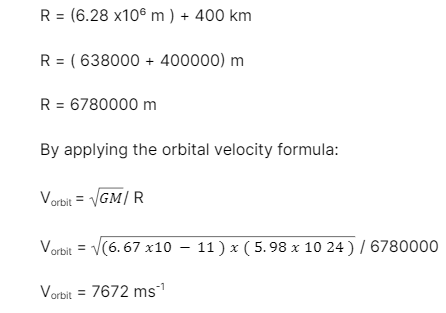In astronomy and physics, Kepler’s laws of planetary motion tell us about the motions of the planets in the solar system. These laws were discovered by the German astronomer Johannes Kepler. He analysed the observations of the 16th-century astronomer Tycho Brahe and published his first two laws in 1609. The third law was derived nearly a decade later, in 1618. In this article, we will learn about Kepler’s law and the uses of Kepler’s law.
Define the three Kepler’s laws
Kepler derived three laws to define the motion of planets. The three Kepler’s laws are:
- All planets orbit the Sun in an elliptical orbit, the Sun being the centre.
- A line connecting the Sun and a planet sweeps out equal areas in equal time.
- The square of a planet’s orbital period is proportional to the cube of the orbit’s semi-major axis.
In developing astrophysics, cosmology, or science in general, Kepler’s laws occupy a prominent position. They also helped start a key revolution to understand the shifting of the centre of the universe from our planet to the Sun (heliocentric cosmology). These laws also laid the groundwork for Newton’s unification of sky and Earth a century later (this was way before Newton devised the laws that governed celestial phenomena. Newton demonstrated – with his universal law of gravitation – that the two are inextricably linked together with each other).
Uses of Kepler’s laws
- The first law specifies that a planet’s locus is an ellipse with the Sun as the foci or centre. Using the first Kepler law, one can examine planets’ trajectories or the locus.
- The second law states that the line from the planet’s centre to the Sun’s centre subtends equal areas at equal time intervals. It simply means that the planets travel an equal distance in the same amount of time. This law will help you to determine acceleration magnitudes and angular speeds at various locations along the route.
- The third law can help you find the orbital periods. Here, the T2/a3 is always constant. Sometimes this law is called planetary motion.
Solved examples for Kepler’s law
- A space shuttle orbits above the Earth’s surface with an altitude of 400 km. Find the orbital velocity of that space shuttle by using the planetary formula or Kepler’s law.
Answer: First, we will determine the distance. The distance will be written as the radius of Earth along with the distance from the shuttle to that surface.
Therefore,

Therefore, we can say that the orbital velocity of the space shuttle would be 7672 ms-¹.
Application of Kepler’s law in satellite motion
Kepler’s law applies to any satellite. These laws apply to natural satellites such as the moon as well as artificial man-made satellites. Depending on its purpose, a satellite can be initiated into space into an elliptical orbit or an almost circular orbit. The motion around a central body obeys Kepler’s principles of planetary motion, and it does not depend on its origin, whether it is natural or human-made.
We certainly understand that satellites orbit the Earth in a manner similar to the Earth revolving around the Sun. The laws that apply to the Earth and its rotation around the Sun also apply to satellites and their rotation around the Earth.
Several scientists have presented different theories. However, only Johannes Kepler (1571-1630) is acknowledged as one of the first to explain the concept of a satellite orbiting the Earth. Kepler’s laws are useful for visualising motion in space.
Conclusion
We learned about Kepler’s law and how Kepler’s law applies to the motions of natural and man-made satellites. They are also used in solar systems and extrasolar planets. Of course, the laws do not follow the gravitational interactions of the many planets on each other. This article also explains the uses of Kepler’s law and the application of Kepler’s law in satellite motion.
 Profile
Profile Settings
Settings Refer your friends
Refer your friends Sign out
Sign out






